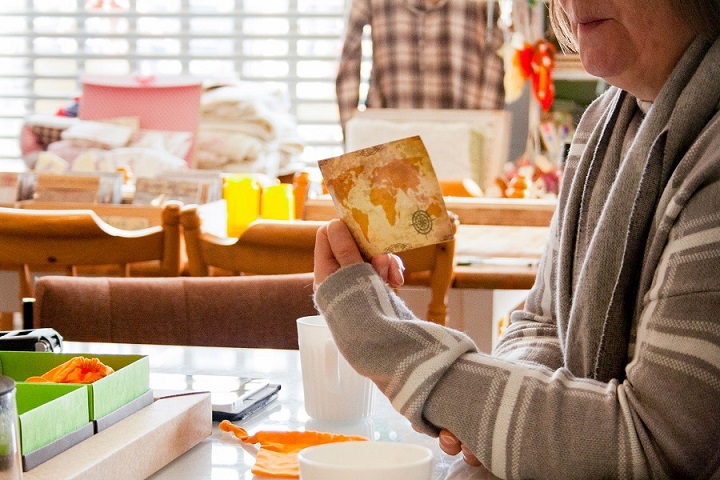
“Exhibition-in-a-box”: NESTORE’s road to co-creation
Literature highlights that the reason for non-acceptance of health technologies is complex. The context where the technologies will operate and how they relate to the end users’ lives are key factors. Involvement of end users throughout the process is therefore key to successful adoption.
Researchers in Lab4Living at Sheffield Hallam University have dedicated the last four months to engaging with end users to build understanding of what people aged between 50-70 identify as key requirements of the NESTORE system.
To date researchers, Claire Craig, Paul Chamberlain and Nick Dulake have facilitated workshops with community-living older people using a co-design methodology called “exhibition-in-a-box”. A collection of carefully chosen objects designed to stimulate and prompt conversation have enabled participants to share in some detail factors affecting their perception, acceptance and usability technology as well as ways that NESTORE may support engagement in health promoting activities.
Through this process, Claire, Paul and Nick have heard stories of the importance of the social dimension of activity as a motivating factor for engagement. Other motivators have included a sense of challenge, the setting of personal goals and the embedding of health promoting activities into everyday routines.
Above all people have described the importance of a system that is responsive to their needs with the potential to be personalised so that it fits their life rather than the onus being on the individual to fit into the technology.
Read more about NESTORE’s co-creation methodology here
Read more about the Lab4Living “exhibition-in-a-box” here


